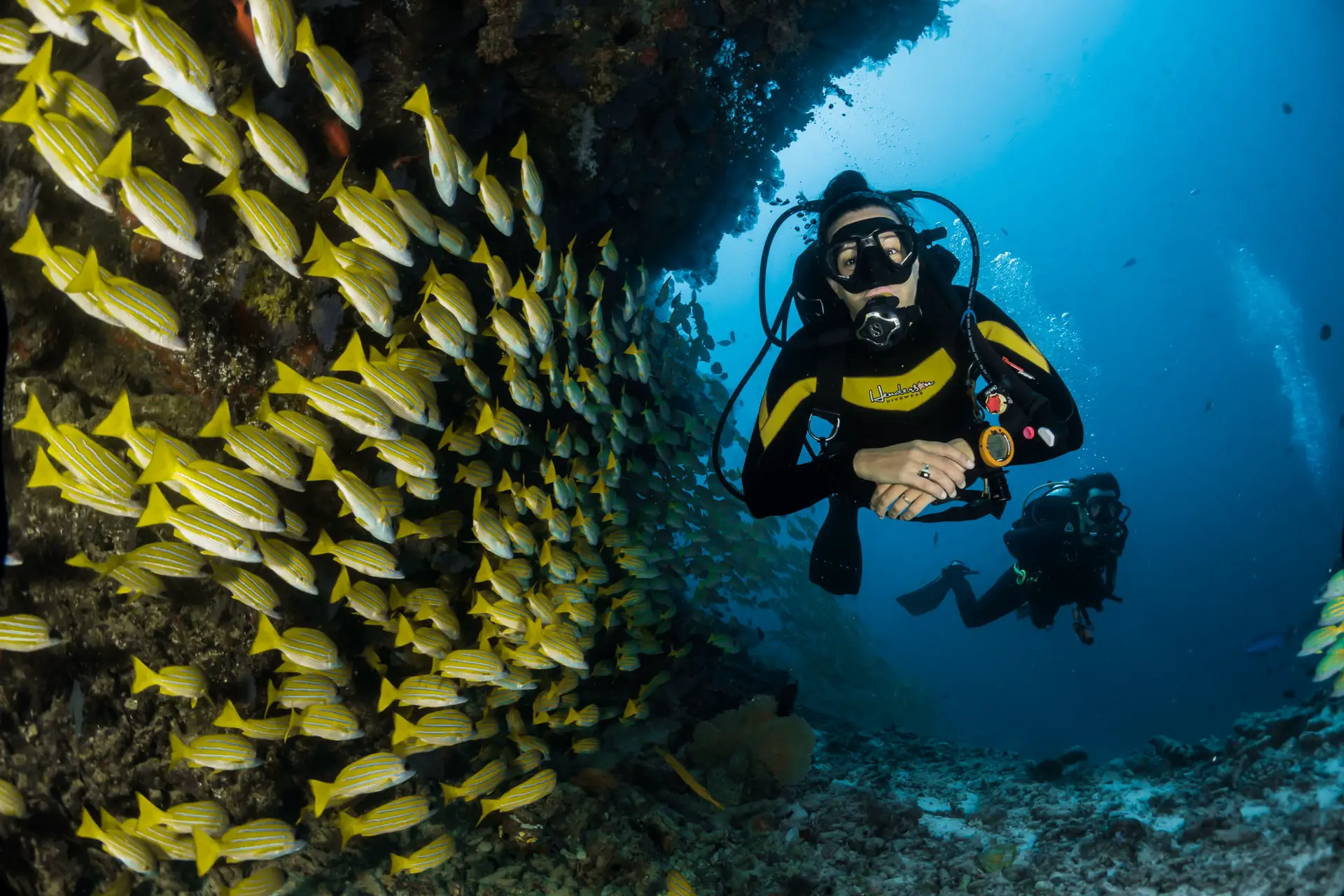After providing $1 million in FY2020 for the DAVD Generation 2 development, the Office of Naval Research (ONR) is moving ahead with the development of DAVD Generation 3 this year. DAVD is “eyeglasses-designed high-resolution heads-up display monitors” operating separately from the dive helmet and are similar to a regular pair of VR glasses.
As per a NAVSEA press release, “The first-generation DAVD system delivered by the SUPSALV [Supervisor of Salvage and Diving] office in collaboration with Naval Surface Warfare Center Panama City Division, Office of Naval Research, and Coda Octopus® Group, Inc. in 2020, enabled divers to receive step-by-step instructions via its high-resolution heads-up display (HUD) when completing complicated tasks.”
“Additionally, the DAVD used active sonar to provide divers with basic navigation data when operating in low visibility environments. This next-generation DAVD brings in enhanced heading accuracy, the ability to receive sonar input from other sources outside of the helmet, and improvements to the navigation system that includes the ability to set way points and share bearing, range, and enhanced camera imagery directly with the HUD.”
DAVD could also help NASA enable its astronauts to navigate the dark side of the Moon and conduct crater and interior tunnel Moon inspections, mineral mining, and construction operations by utilizing the HUD to feed instructions, imagery, technical manuals, video, communications, safety protocols, and navigation data, respectively. The technology can be revolutionary in terms of enabling operations in vast barren featureless environments amid total darkness.
As per the Coda Octopus Group, Inc.’s website, the Diver Augmented Vision Display (DAVD) GEN 2’s helmet sports a transparent HUD with an integrated mixed reality 3D software for images, ranges, and directions to waypoints and hazards, technical manuals, dive timer, instructions, text, video, images, and sonar data.
Paired with DAVD, the Kirby Morgan helmet can pack a digital low-light television camera, an oxygen regulation system, a sonar system, a head motion tracker, and digital audio. The system also supports Coda’s 4G communications, and data exchange software, in addition to 3D area scan, and a dive simulator software that utilizes 3D image models from a media library to enhance training.
Follow us on LinkedIn
Read other Articles





